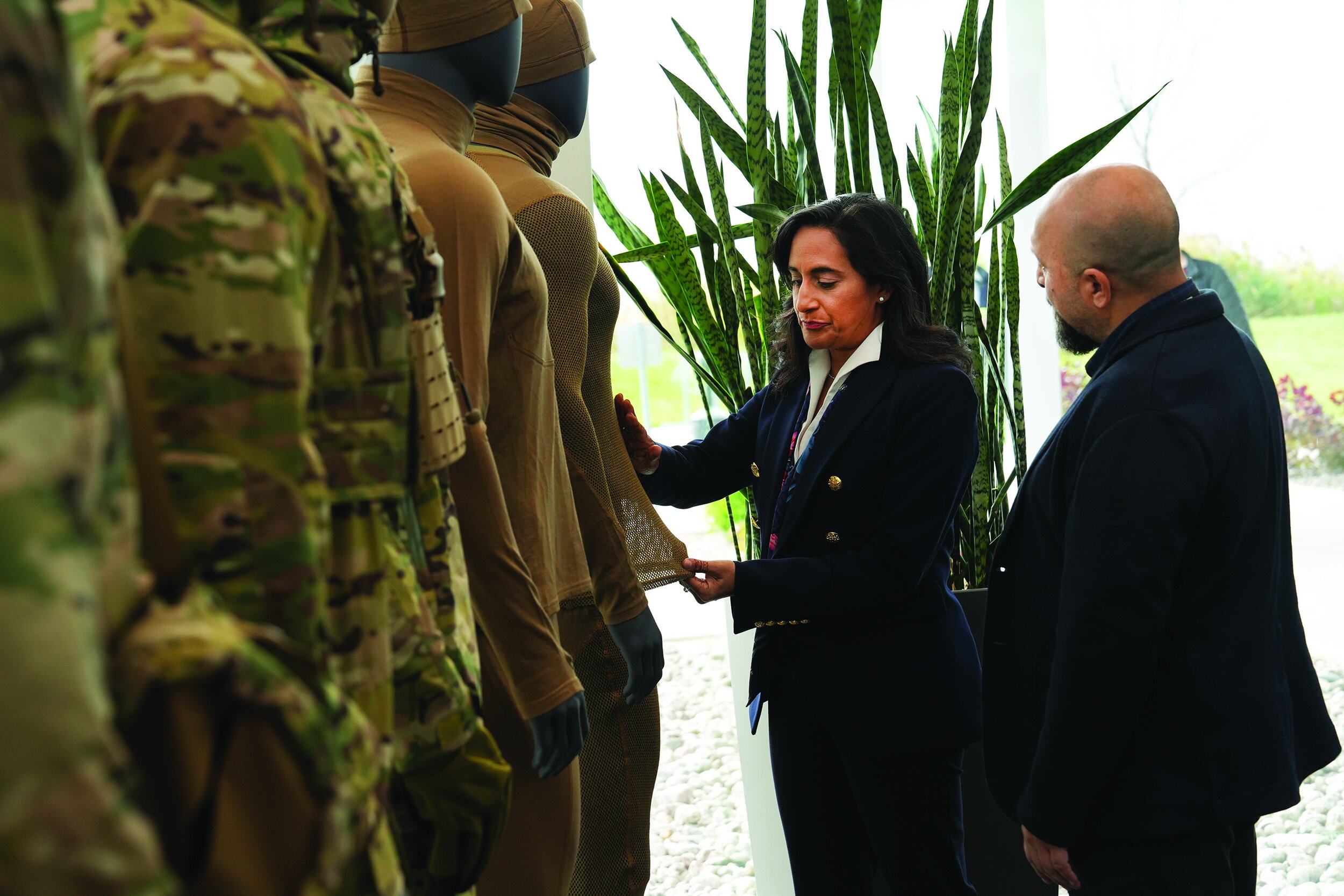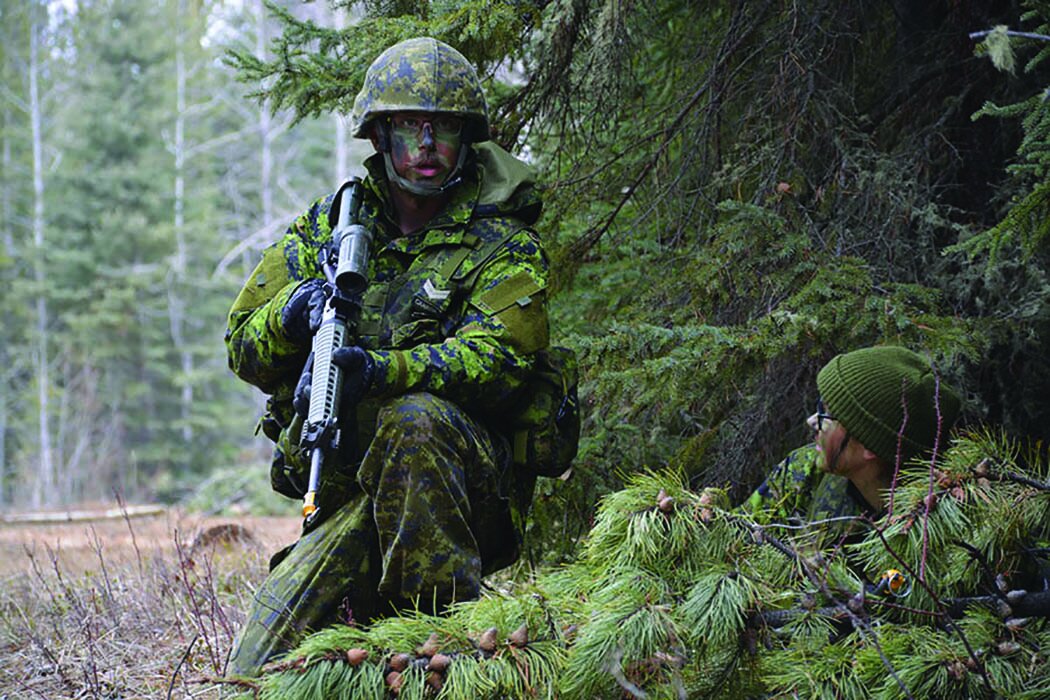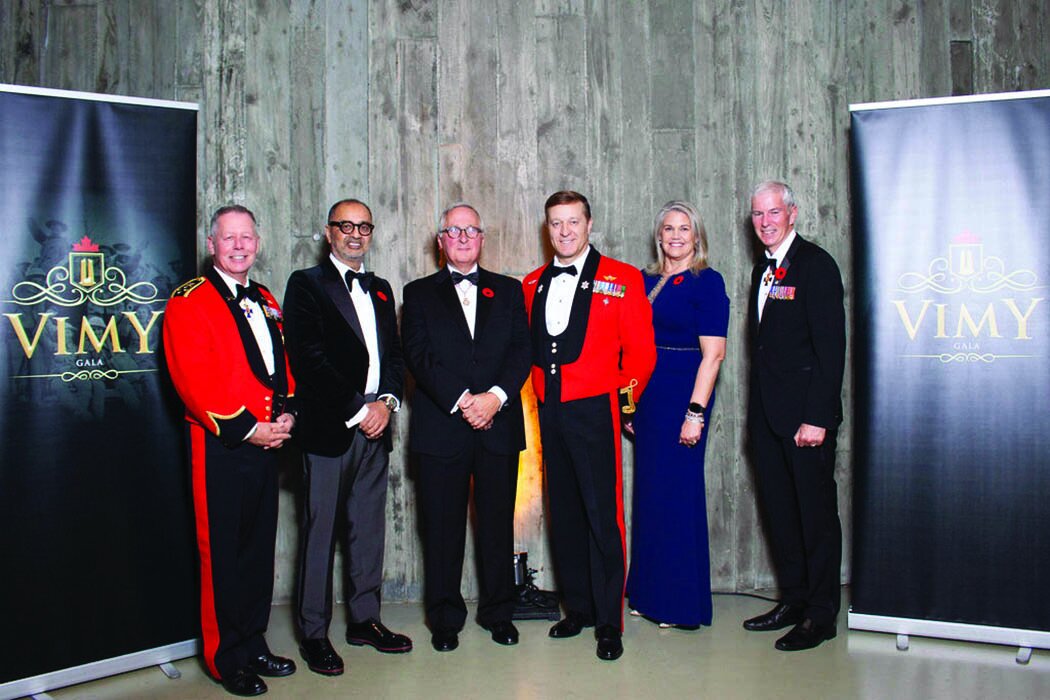The Thales Sophie Ultima long-range handheld thermal imagers have been selected by the Canadian Armed Forces (Thales photo)
By David Pugliese
The Thales Sophie Ultima long-range handheld thermal imagers have been selected by the Canadian Armed Forces, the first contract awarded under Canada’s Night Vision Systems Modernization (NVSM) project.
Manufactured and maintained in Canada, the Sophie Ultima will enhance operational capabilities for the Canadian Army with advanced technology and resilient navigation, according to Thales.
The Sophie Ultima is a lightweight, handheld thermal imager. Thales noted it has a high performance infrared channel and offers NATO tank recognition range performance of up to six kilometres. The continuous optical zoom and wide 20 degree field of view enable operators to maintain visual contact with targets during detection, recognition, and identification phases, ensuring rapid and precise engagement, according to the firm.
Thales will manufacture and maintain the Sophie Ultima at its existing Canadian Electro-Optics Center of Excellence. In addition, the Thales Optronics facility in Montreal will provide comprehensive in-service support, the firm noted.
Vard Marine Inc. has brought DEW Engineering into its Team Vigilance network. At CANSEC 2023, Vard Marine Inc., a Fincantieri company, launched Vigilance, as its solution to replace the Royal Canadian Navy’s Kingston Class Maritime Coastal Defence Vessels. In conjunction with Team Vigilance partner companies Thales Canada, Ontario Shipyards, SH Defence, and Fincantieri, the plan is to provide the RCN with a lightweight and operationally flexible ship to fulfill crucial naval warfare duties beyond the capabilities of both the MCDV and the Arctic and Offshore Patrol Vessels.
DEW recently signed a teaming agreement with SH Defence as an experienced payload supplier and integrator for The Cube multi-mission module system and as a Canada-based production, sustainment, and marketing partner.
Davie announced the appointment of Maxie Lafleur as President of Chantier Davie Canada Inc. on Sept. 16. A Montreal native, she has held various leadership positions at prominent companies such as Bus.com and CAE, where she spearheaded significant growth and transformation initiatives, including the sale and delivery of complex multi-year government contracts.
The Canadian Commercial Corporation announced the signing of a government-to-government contract with France’s DGA – La direction générale de l’Armement (DGA) du ministère français des Armées – a branch of the French Ministry of Defence, for the sale of two DHC-515 firefighting aircraft manufactured by De Havilland Aircraft of Canada (DHC). DHC will provide France with the waterbombers, along with spare parts, training, and maintenance support.
“For decades, the Canadair aircraft have been the backbone of the French firefighting fleet. We are proud that France has once again selected the latest version of the Canadair, the DHC-515, to help protect the people and property of the country,” Jean-Philippe Côté, Vice President, Programs and Business Improvement, De Havilland Aircraft of Canada said in a statement.
In recent years, France has faced a notable rise in the frequency and severity of wildfires, a trend largely driven by climate change and evolving weather patterns. The acquisition of these new waterbombers will bolster the country’s firefighting capabilities.
The DHC-515 aircraft is capable of delivering nearly 700,000 liters of water into the fire zone each day. That is more than double the capacity of its nearest competitor, according to De Havilland. The DHC-515’s main feature is its ability to refill its tanks in just 12 seconds from a variety of sources, including rivers, small lakes, and oceans, the firm noted.
New work could be soon coming for Canadian space and high tech firms. In July, the Canadian Space Agency issued a Letter of Interest notification to companies for a Lunar Utility Vehicle.
The project is still in early concept development, according to the agency. But Canadian companies will be selected as part of a competitive process to further develop concepts leading to the design, development, and operation of the multi-purpose utility rover. The rover is planned to be launched in the 2030s.
The Canadian multi-purpose utility rover will feature key capabilities including a design that allows it to survive the harsh lunar night, with temperatures as low as −200 degrees C.
It will have semi-autonomous navigation capabilities and tools that could include a small robotic arm to assist logistics and crew operations as well as advanced sensors to scan and analyze the environment.
In August Seaspan Shipyards launch the Canadian Coast Guard’s flagship science vessel, CCGS Naalak Nappaaluk, Canada’s newest and most modern research vessel.
It is the fourth ship designed, built and launched by Seaspan under the National Shipbuilding Strategy.
The Offshore Oceanographic Science Vessel (OOSV) is a floating laboratory that will serve as the primary oceanographic science platform for Fisheries and Oceans Canada, according to the federal government. As a Polar Class 6 vessel, it will be a highly advanced ice capable ship equipped with the latest scientific research systems. The new ship will provide increased capability and capacity to support marine surveys and scientific research on ocean currents and the seabed in Atlantic Canada.
Canadian Forces Base Bagotville, Quebec will be getting a new Quick Reaction Alert (QRA) facility. This facility will enable will be in support of the RCAF’s incoming fleet of CF-35A fighter jets which will contribute to North American Aerospace Defense Command as well as international operations.
The new 7,400 square metre QRA facility at CFB Bagotville will include aircraft hangar bays, office space and sleeping quarters for personnel, and a 17,000 square metre secure fenced compound surrounding the facility. Construction is estimated at approximately $120 million. The facility is expected to be completed in 2027.The design and construction contract has been awarded to Pomerleau Inc of Lévis, QC.


























































